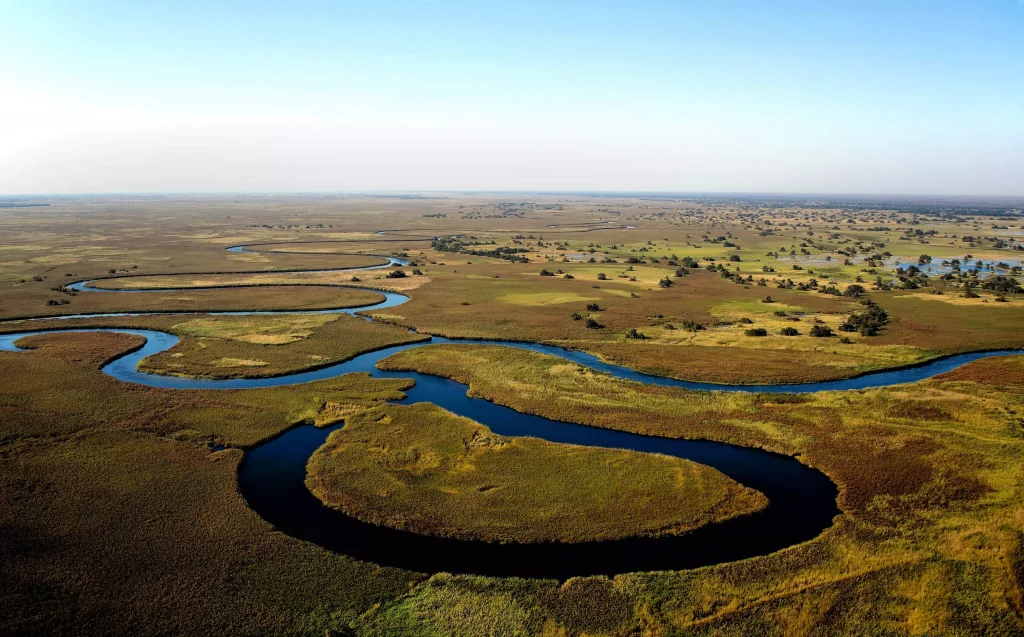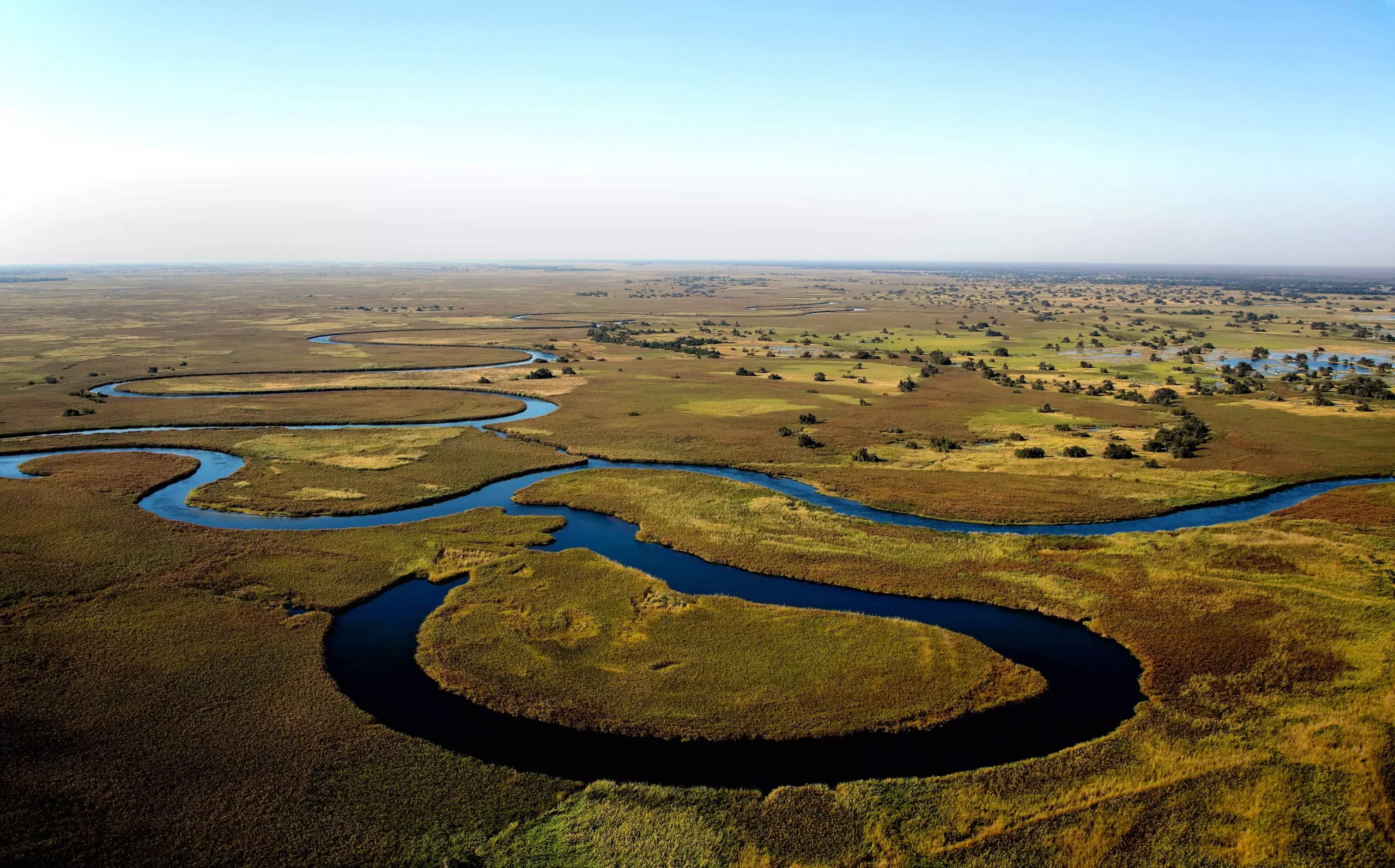
A self-drive safari is a great way to experience the ultimate African adventure. It often includes the Okavango Delta and other destinations in the region. Although the delta is not suitable for exploration by car, the Moremi Game Reserve offers access to the area and allows you to do both mokoro and boat excursions.
What to expect on a self-drive
Self-drive safaris are a great way to explore the Okavango Delta’s remote and aquatic environment. There is camping available in the Moremi Game Reserve, as well as at some concessions like the Khwai community concession. Here visitors can also enjoy gliding along the waters in a traditional mokoro (dug out canoe) and can experience the thrill of floating. Self-drivers who are looking for an Okavango Delta boating safari can take a trip deeper into the Delta from Mboma Station in the Moremi.

The Okavango Delta can be logistically difficult. Any Botswana safari should be planned well in advance. It is recommended to speak with a local specialist tour operator to ensure safety. A reliable, sturdy 4×4 must be equipped with at least one spare tire. You’ll need fuel, supplies, maps, and communication means. It is important to let someone know where you are going and to have some communication tools. It is a good idea to take two vehicles.
Local operators offer well-equipped 4×4 vehicles to hire, as well as support services like campsite bookings or directions.
You should consider the seasonal effects of certain activities and experiences when planning your safari. Certain areas of the region are more affected than others. The following guide highlights the most affected areas by the seasons, but it is not definitive. It is important to remember that weather can be unpredictable and has become more so in recent years.
This guide includes information about the Okavango Delta and Makgadikgadi Salt Pans, as well as Victoria Falls. Low water levels can limit the opportunity to enjoy mokoro and boating safaris at certain camps. Conversely, high water levels could mean that some camps will only offer limited game drives. Quad biking and sleepouts cannot be done beyond the Okavango because of the Makgadikgadi Salt Pans’ wetness. You will need to consider water levels if Victoria Falls is included in your itinerary.
The Okavango Delta: Types of Safaris
The Okavango Delta changes all year, with water levels changing by many metres. The Okavango expands up to three-fold after the annual flood waters arrive from Angola in April/May. The Okavango shrinks in September as the waters recede through transpiration and evaporation.
Two distinct areas can be described as the Okavango: the permanent swamp, which is always inundated with water throughout the year, and the seasonal swamp that is flooded annually and drys up slowly with the arrival of summer.
Camps in the permanent swamp area will provide year-round activities. The seasonal swamp areas will only allow water activities from May to September. This is to ensure safety- the water may not be deep enough or densely populated with hippos, making it unsafe for people to use.
However, camps that are located in floodplains and are affected by the floods can offer only limited game drives along shorter routes.
There are many camps that are located in areas where there is permanent water flow. These camps can offer both game drives and water activities all year.
For more information on which camps are best suited to your chosen activities, please contact us.
- Trans-Okavango Safaris- A boating safari that takes you from the Okavango Panhandle in the Okavango Panhandle towards Maun is one of the most unique and memorable safari experiences. You camp along the way at simple fly camps. To ensure safe passage through the river system, this safari cannot be done in years with very high water levels. The exact year will vary. These safaris cannot be confirmed 100% closer to departure.
- Hot Air Balloon Safaris – Hot air balloon safaris cannot be conducted between mid-April and the end of August due to adverse weather conditions.
- Walking safaris- These activities can be either a short or a longer walk. However, they will only be done when conditions permit. Walking is best done in the dry season (May-October), when grass is lower and vegetation is thin, which allows for better visibility. Walking in areas with large elephant populations may not be possible in this season.

An avid traveler, Douglas Scott has been to over 50 countries. He has an extensive background in tourism and hospitality management, along with a degree in Hospitality Management from the University of Nevada Las Vegas. Douglas is very knowledgeable about travel-related topics – they are always up to date on the latest deals for flights, hotels, and other adventures around the world.